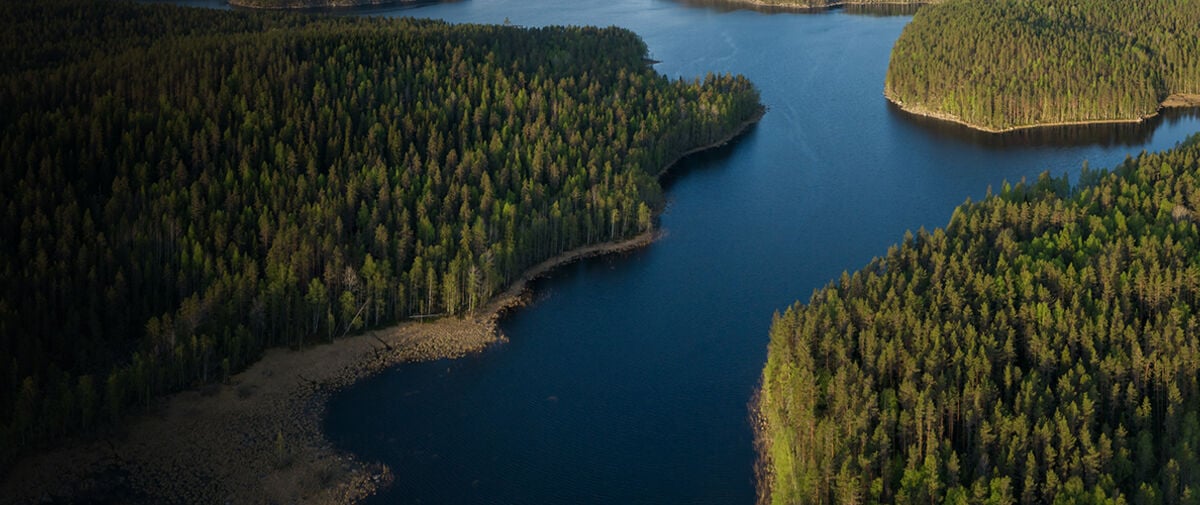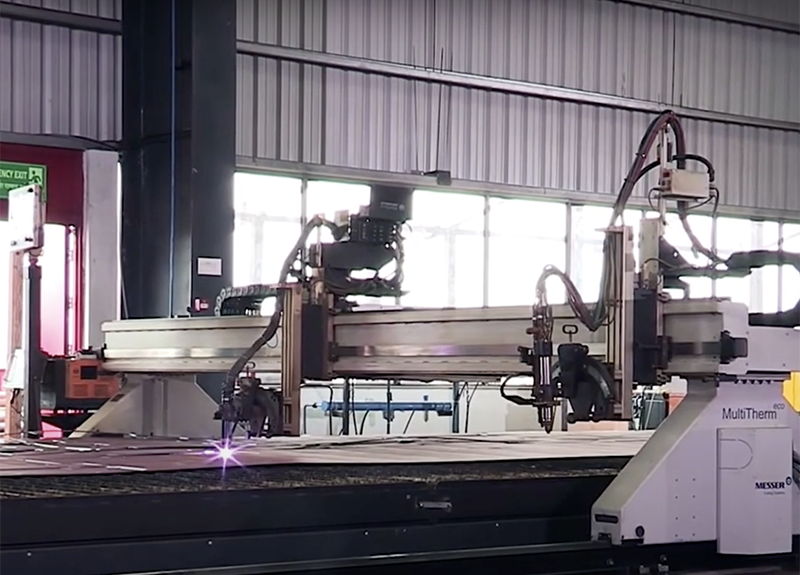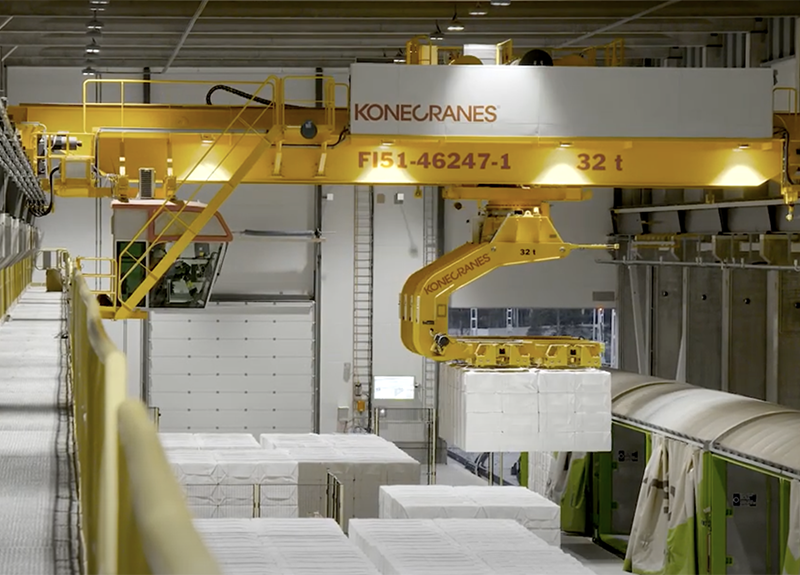yourKONECRANES.COM
Access your crane usage data, maintenance data and asset details on yourKONECRANES.com. Our cloud-based customer portal gives you a transparent view of service events and activities over any selected time period.
Konecranes STORE
Konecranes STORE is your online source for spare parts, manuals, accessories and select pre-configured lifting equipment.
Konecranes Zone
A personalized experience to discover what Konecranes has to offer. You can even design your own terminal concepts and products and when you are ready to talk, Konecranes experts are at your service.
Optimized for container handling industry, MHC and LT products

 Decisions made at the design stage critically determine a product's overall environmental impact. We use the Design for Environment concept in product development to ensure maintainability as well as energy and material efficiency.
Decisions made at the design stage critically determine a product's overall environmental impact. We use the Design for Environment concept in product development to ensure maintainability as well as energy and material efficiency.  Raw material extraction and processing can lead to water shortage, loss of biodiversity, and global warming. We select repairable and recyclable materials and design our equipment to enable easy reuse and recycling.
Raw material extraction and processing can lead to water shortage, loss of biodiversity, and global warming. We select repairable and recyclable materials and design our equipment to enable easy reuse and recycling.  Manufacturing processes can affect the environment by using up raw materials, consuming energy, and creating waste. We have certified environmental management systems in place to continuously improve energy and material efficiency, mitigate environmental risks and minimize waste at our manufacturing plants.
Manufacturing processes can affect the environment by using up raw materials, consuming energy, and creating waste. We have certified environmental management systems in place to continuously improve energy and material efficiency, mitigate environmental risks and minimize waste at our manufacturing plants.  Transport uses most of the world's fossil fuel. This creates air pollution and is the main cause of global warming through carbon dioxide emissions.
Transport uses most of the world's fossil fuel. This creates air pollution and is the main cause of global warming through carbon dioxide emissions.  lectrically powered hoists and cranes can still create carbon emissions depending on their electricity source. Our advanced technology provides high mechanical and electrical efficiency, which reduces overall energy consumption.
lectrically powered hoists and cranes can still create carbon emissions depending on their electricity source. Our advanced technology provides high mechanical and electrical efficiency, which reduces overall energy consumption.  If equipment is not properly maintained, breakdowns can be expected, and a lot of resources will be wasted. We offer industry-leading lifecycle services to keep your equipment running safely and problem-free for a long time.
If equipment is not properly maintained, breakdowns can be expected, and a lot of resources will be wasted. We offer industry-leading lifecycle services to keep your equipment running safely and problem-free for a long time.  Waste that is not properly recycled is filling the world's oceans and landfills causing problems throughout the global ecosystem. When the crane reaches the end of its life span and it can't be repaired any more, we recommend recycling its materials, based on what's available in your local infrastructure.
Waste that is not properly recycled is filling the world's oceans and landfills causing problems throughout the global ecosystem. When the crane reaches the end of its life span and it can't be repaired any more, we recommend recycling its materials, based on what's available in your local infrastructure.